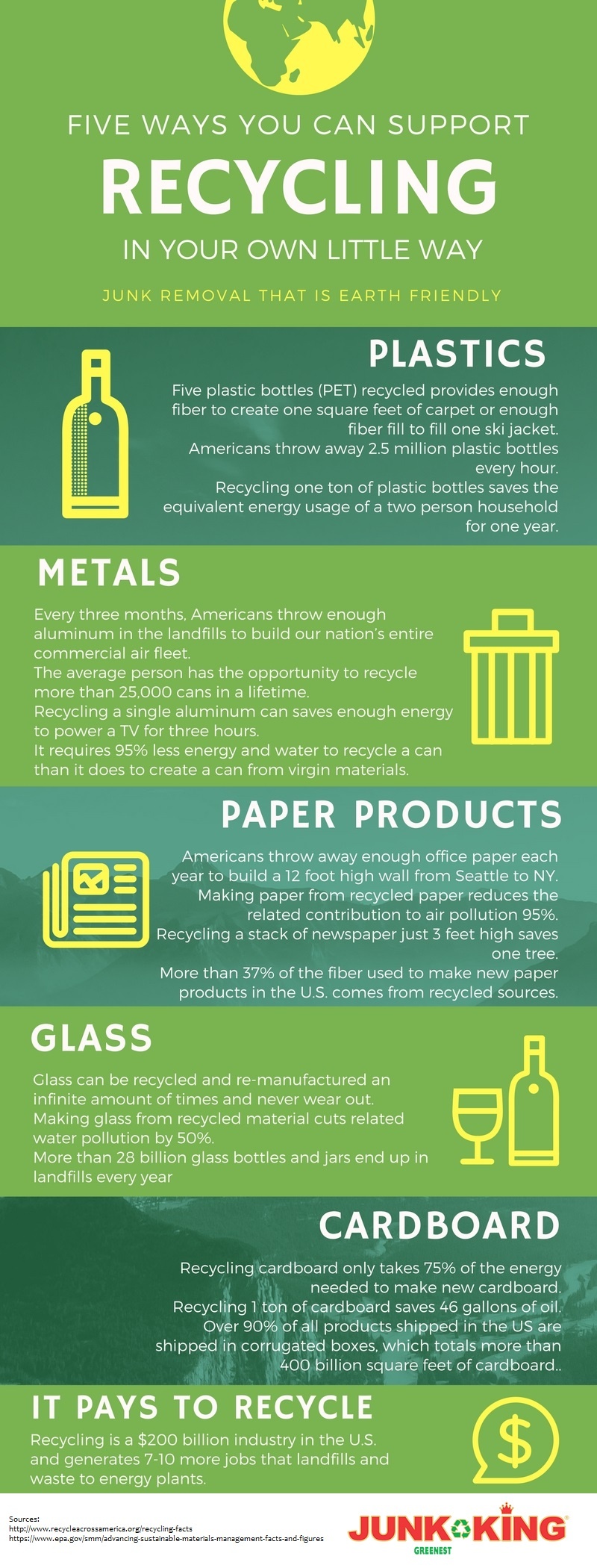Picking The Suitable Dumpster Size For Your Project: An Extensive Guide
Picking The Suitable Dumpster Size For Your Project: An Extensive Guide
Blog Article
Material Created By-Sparks Duckworth
When embarking on a job that requires a dumpster, the size you select can significantly affect its performance and cost-effectiveness. Picture having the excellent container that accommodates all your waste without being exceedingly big or too tiny. It all begins with comprehending the subtleties of your job and picking a dumpster dimension that lines up with your specific requirements. So, before you make a decision, think about the elements at play to ensure a seamless waste management process from start to finish.
Variables to Take into consideration
When deciding on the ideal dumpster dimension, there are several vital elements to think about.
Initially, consider the sort of waste you'll be disposing of. Different products might call for varying amounts of area, so recognizing what you'll be putting in the dumpster is vital.
Next off, analyze the quantity of waste you expect to generate. If you ignore the quantity, you might require to make multiple journeys to get rid of whatever, which can be inconvenient and expensive. On the other hand, renting a dumpster that's also huge can bring about unnecessary expenses.
In addition, think about the room where the dumpster will certainly be positioned. Guarantee there suffices space for the dumpster to be delivered and gotten with no obstructions.
learn more but not least, think about any kind of weight restrictions that might apply. Going beyond the weight restriction can result in additional costs and even the refusal of service.
Dumpster Size Options
For choosing the ideal dumpster size, it's vital to have a good understanding of the available choices. Dumpster sizes usually range from 10 to 40 cubic yards, with variations in between.
A 10-yard dumpster appropriates for tiny projects like a garage cleanout or a little improvement. If you're dealing with a medium-sized project such as a cooking area remodel or a basement cleanout, a 20-yard dumpster might be the appropriate choice.
For bigger tasks like a whole-house restoration or industrial building and construction, a 30 or 40-yard dumpster could be more suitable to accommodate the volume of waste produced.
When choosing a dumpster dimension, take into consideration the amount and sort of debris you anticipate to dispose of. It's better to pick a somewhat larger dimension if you're unclear to stop overfilling. Remember, it's even more cost-effective to rent out a dumpster that fits your demands as opposed to needing to get an extra one.
Matching Size to Task
Ideally matching the dumpster size to your task is important for effective waste monitoring. To determine the ideal size, take into consideration the range and nature of your job.
For little house cleanouts or renovations, a 10-yard dumpster might be enough. These are normally 12 feet long and can hold around 4 pickup tons of waste.
For dumpster roll off like redesigning numerous rooms or cleaning out a huge estate, a 20-yard dumpster might be more suitable. These are around 22 feet long and can hold about 8 pickup truck lots.
If you're dealing with a major building and construction job or commercial renovation, a 30-yard dumpster could be the very best fit. These dumpsters have to do with 22 feet long and can suit regarding 12 pickup lots of debris.
Matching the dumpster size to your project guarantees you have enough space for all waste products without paying too much for extra capability.
Final thought
In conclusion, picking the ideal dumpster size for your job is crucial for efficient garbage disposal. By thinking about elements like the kind and quantity of waste, space schedule, weight limitations, and budget plan constraints, you can guarantee you have the proper size dumpster for your requirements. Ensure to match the size of the dumpster to the range and nature of your task to avoid overspending on unneeded costs.
